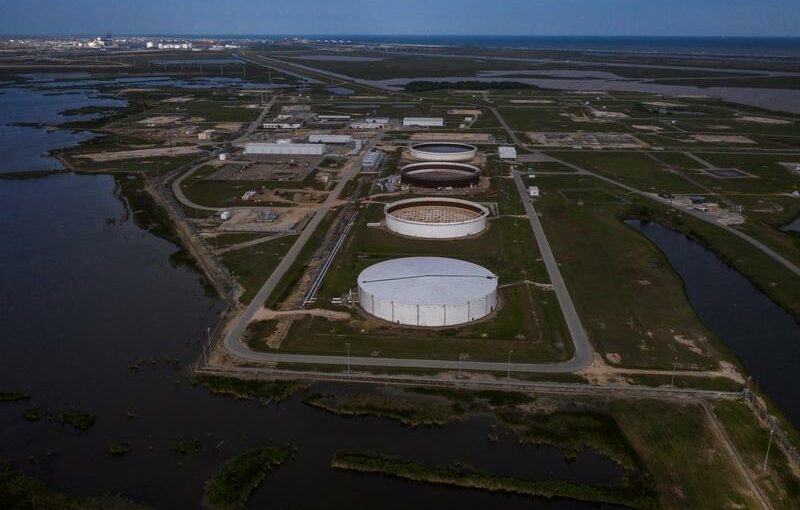SINGAPORE (Reuters) – Global oil demand is expected to rise by nearly 7% this year, boosted by quicker vaccine distribution and a better economic outlook, consultancy Wood Mackenzie said on Thursday.
Total liquids demand is expected to average 96.7 million barrels per day (bpd) in 2021, 6.3 million bpd higher than last year when the Covid-19 pandemic caused an unprecedented oil demand shock.
“Our short-term forecast assumes vaccine distribution accelerating through 2021 and is underpinned by 5% expected growth in global GDP, according to our macroeconomic outlook, following the global economy’s 5.4% contraction last year,” said the consultancy’s vice president Ann-Louise Kittle.
“The pace and strength of the global liquids demand recovery will depend on the pace of Covid-19 vaccine distribution and global economic recovery.”
In terms of supply, WoodMac expects oil output from the U.S. Lower 48 states to reduce by about 500,000 bpd this year, moderating from last year’s decline.
Rig activity is expected to continue to rise but much of the recovery rate will be dependent on oil prices and the industry’s willingness to spend on volume growth again, WoodMac said.
It added that decisions by the Organization of the Petroleum Exporting Countries and allies, a group known as OPEC+, will be a huge uncertainty.
“Can OPEC+ negotiate deals each month and remain committed to production restraint? Some production restraint is needed in 2021 for market balance, but compliance could wane with demand recovery,” Kittle said.
Still, despite the potential increase in oil demand, refinery utilisation this year is expected to remain low, amid the ongoing pandemic, OPEC+ production cuts and new capacity additions, WoodMac said.
Over one million bpd of refining capacity will be completed this year in the Middle East and Asia, which could threaten further refinery rationalisation.
Refineries under the threat of closure could repurpose the facilities to produce liquid renewables instead of converting into a terminal, which could help oil companies’ aim of achieving carbon neutrality.
Source: Read Full Article
